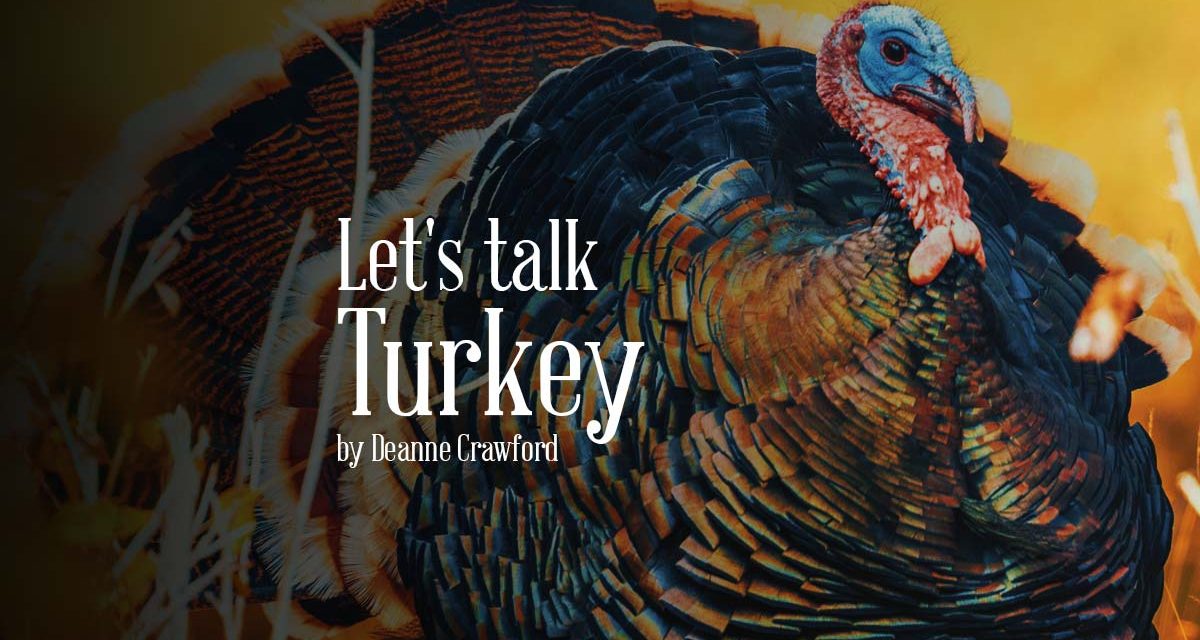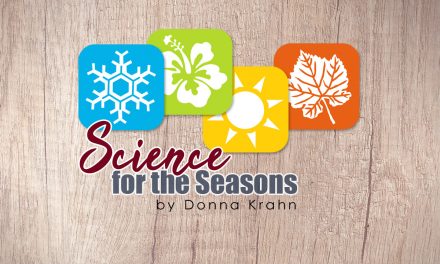Thanksgiving brings wonderful memories of sitting around the dining room table filling ourselves with turkey and all the fixings while conversation and laughter fill the air. For great reason, lessons abound on the history of the holiday as well as on the benefits of creating thankfulness in our children! Often considered only an American holiday, other countries also share an array of Thanksgiving or Harvest celebrations. Learn more about these celebrations at Holiday Spot.
This month, we want to highlight one of the stars of Thanksgiving – the turkey! Historically considered the main dish since the days of Pilgrims and Puritans, the bountiful turkey dinner is thought to be rooted in the late 18th century, especially after the Civil War. Other writers have traced the Thanksgiving turkey to harvest celebrations in New England, years prior to the Civil War. Reportedly, the turkey was chosen due to the abundance of the bird in the wild. PBS has a fun look at the history of our thanksgiving foods.
According to the National Turkey Federation, more than 216.5 million turkeys were purchased in 2021, with the majority of them enjoyed at the three major holidays (Thanksgiving, Christmas and Easter). Ask older children to determine the percentage of turkeys eaten at these holidays and compare to the percent eaten throughout the year. While the older kiddos are doing some math, ask the little ones: “What other ways can you eat turkey?” (Lunchmeat, hot dogs, etc) Research from the National Turkey Federation also reveals that 88% of Americans surveyed ate turkey on Thanksgiving. Does this reflect your family’s Thanksgiving tradition? If not, what meal is served at your family get-togethers? This is a wonderful time for parents to share memories from their childhood. Part of your memory sharing may include stories of falling asleep after consuming your holiday feast. Commonly believed to be an “after effect” of consuming large quantities of turkey, recent studies have shown this may not be the case. Read about recent theories on this post holiday meal sleepiness and discuss with your children. Consider testing this theory at your family get together this year by observing food consumption and its effects.
Ask your children to describe a turkey. Most of us think of the colossal brown or white birds with the distinctive tail feathers that appear on television the days leading up to Thanksgiving. Would your children be surprised to learn that there are different types of turkeys? Divided into two categories, Domestic (supermarket) and Wild, the turkey is considered the largest bird on the farm. Although considered the same genetic species, there are notable differences. Check out Turkeys are Awesome on YouTube. Explore these fun facts with your children: Domestic turkeys typically have white feathers, compared to the brown or multicolor of wild turkeys. Intentionally bred to remove the pigment from feathers, the domestic turkey leaves no discoloration when plucked which makes them more appealing for consumers. Domestic turkeys are unable to fly or run, and depending on size, may not be able to walk short distances. Wild turkeys, on the other hand, are able to run 25 miles per hour and have been known to outrun a galloping horse in a sprint. Help younger children understand how fast this is by taking a drive and setting the speedometer at 25 miles per hour. Weather permitting, have them open the window and put their arm out to feel the wind. Ask them to describe how this feels. (Although a subjective experience, this can be valuable to develop descriptive language). Just for fun, ask your children to run as fast as they can. Can they run as fast as the car? Introduce them to Usian Bolt, who has clocked nearly 28 mph in the 100-meter sprint and has an average speed greater than 23 mph.
Whether your family enjoys eating a domestic or wild turkey this Thanksgiving, have your children survey guests and find out if they have a preference for dark or white meat. Older children can determine the percentage of guests that prefer white meat over dark meat. White meat is generally preferred in the US while other countries often prefer dark meat. Does this line up with your guests? White and dark meat is nutritionally different, with white meat providing fewer calories and less fat. But don’t be mislead, white meat is not necessarily healthier! Dark meat contains more iron, zinc, riboflavin, thiamine, and vitamins B6 and B12 than white meat, all of which are necessary for healthy living.
Have you ever wondered what gives meat its color? White meat is made up of muscles with fibers that are called “fast twitch.” Fast twitch muscles are used for quick bursts of activity, such as fleeing danger. Glycogen provides the energy for fast twitch muscles. Dark Meat is made up of muscles with fibers that are called “slow twitch.” Slow twitch muscles are used for extended periods of activity, such as standing or walking and require a constant energy source. This energy source is the protein, myoglobin, which plays a key role in oxygen transport. Myoglobin latches onto oxygen and hides away in muscles until the muscles become tired. Muscles that are used more regularly contain more myoglobin. Ask your children to think back to the differences between the domestic turkey and the wild turkey. Would the domestic turkey and the wild turkey have the same amount of dark meat? Why or why not?
Interested in more turkey talk? Check out Oklahoma AG Classroom Resources for excellent turkey information and activities. As we come to the end of our turkey study, the family and staff of Rainbow Resource Center would like to wish you and your family a blessed Thanksgiving!





